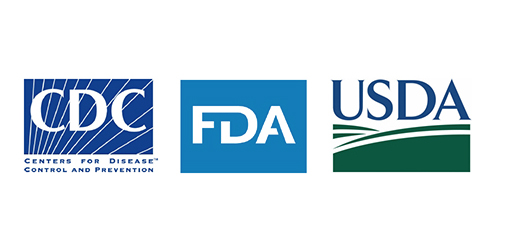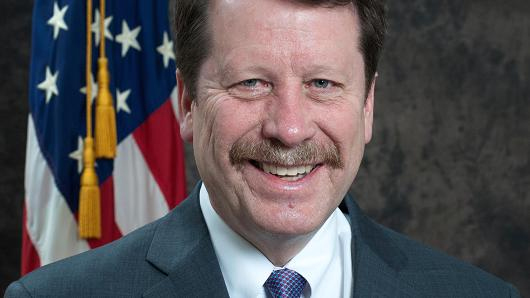
As a result of the drop in COVID-19 cases nationwide, the agency will resume inspections across all commodities, as well as mission-critical foreign and domestic inspections.

As a result of the drop in COVID-19 cases nationwide, the agency will resume inspections across all commodities, as well as mission-critical foreign and domestic inspections.

The agency is working with industry and government partners to assist food and agriculture companies as they navigate the significant impact of the continued COVID-19 pandemic.

Persevering through another year of the pandemic, the agency made some strong strides in advancing food safety efforts last year.

During 2022–2023, the Interagency Food Safety Analytics Collaboration will prioritize foodborne illness source attribution, and with a heavy emphasis on data analysis.

The agency’s proposed changes come in response to the foodborne illness outbreaks over the past few years that have been suspected to come from pre-harvest agricultural water.

The FSMA rule establishes a voluntary program for accredited bodies and food testing laboratories.

The importance of the PCQI’s many responsibilities means they need to have the necessary training and skills for the creation, application, and verification of these and other measures as applicable to their facility.

Robert Califf, M.D. is the President’s choice to lead FDA, while Jose Emilio Esteban will be nominated to the position of undersecretary for food safety at USDA.

Experts in food defense and security will address a range of important issues in this area, including risk-based approaches to food defense, threat intelligence, cyber vulnerabilities and critical infrastructure protection.

During the keynote presentation, PepsiCo will discuss how to manage food safety in a world filled with volatility, uncertainty, complexity and ambiguity.